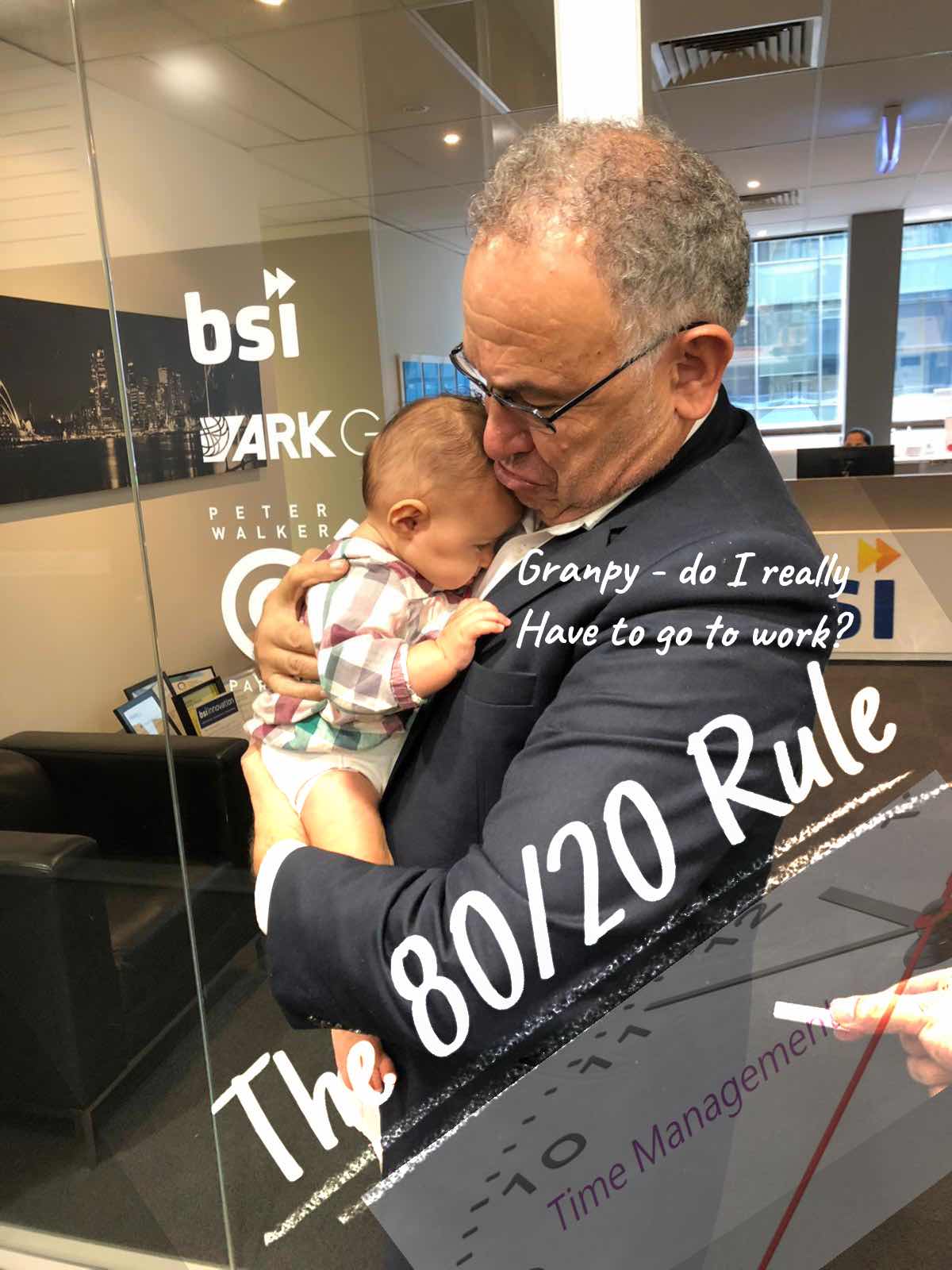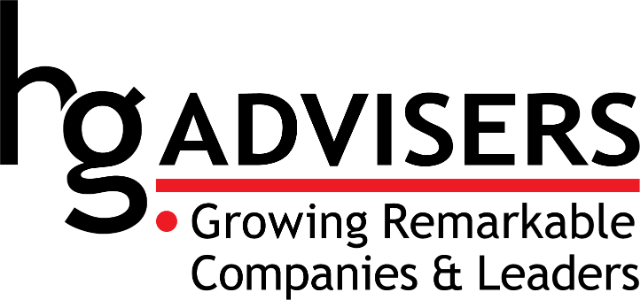
The Pareto Principle (The 80-20 ) is one of the best time management technique at our disposal, and will give you the ability to spend time doing what you love doing!
“This rule says that 20 percent of your activities will account for 80 percent of your results.”
- 20 percent of your customers will account for 80 percent of your sales.
- 20 percent of your products or services will account for 80 percent of your profits.
- 20 percent of your tasks will account for 80 percent of the value of what you do, and so on.”
So, if you have a list of 10 items to do, What are the 2 that will have most impact ?
This will help you focus more on the things that matter most, to help you achieve your goals. (Ps be sure to identify your top 5 goals, short term, medium term and long term)
As an entrepreneur, as you grow, there is a whole heap of stuff that you have to do , that you are not good at.
Focus on what you are good at, and what is important, and outsource the rest.
Identify the 20 percent of your tasks that will produce 80 percent of your results.
Prioritise your to-do-lists with the 4 Ds
Do it - important and urgent - and you can do it
Defer it - important and not urgent - and you can do it
Delegate it - important - but there are better people than you that can do it
Dump it - not important - don’t waste your time
Some say to do tasks first that deliver the greatest results with the least effort. Others that require more effort with little results can be postponed or removed from your to-do list.
Others talk about swallowing the green frog first. Do the hardest task first, and the rest is a cruise.
Hint:-
You’re in the top 20pc if you’re working on activities that improve your life or are related to the big picture.
You’re in the 20 percent if you’re spending time doing the things that you enjoy and are delegating items that you’re not skilled at.
When are you most productive?
We have a timeslot when you’re most alert, focused, and energetic. Some of us are ready to get the day rolling bright and early. Others are most productive at night.
Schedule your priorities during your prime time and not when You are running out of steam.
Do the mundane tasks that does not take time during your “less alert” time of day
Minimise the noise with 80-20
Email notifications, phone calls, knocks on your door, unplanned visitors, construction noise, mind chatter.
What are the most common and what can you do to get rid of them?
For example, you could put all notifications on silent, close your office door, and wear noise-canceling headphones.
Outsource the small stuff
Outsource the menial tasks that could be handed-off to someone else. (Unless you find it relaxing to do so)
For instance, Hire a cleaning service or someone to manage your inbox. This may cost you some of your hard-earned cash. But, your time is probably worth more!
Go into the nothing box
Yesterday I did nothing
I played with my granddaughter Maya,
Relaxed a bit with Robyn , went for a walk, caught up with some reading and had an afternoon snooze!
This downtime helped me clear my head, create focus and remove mind chatter.
Give yourself permission to take a break!
(Brake and break - both great words)






